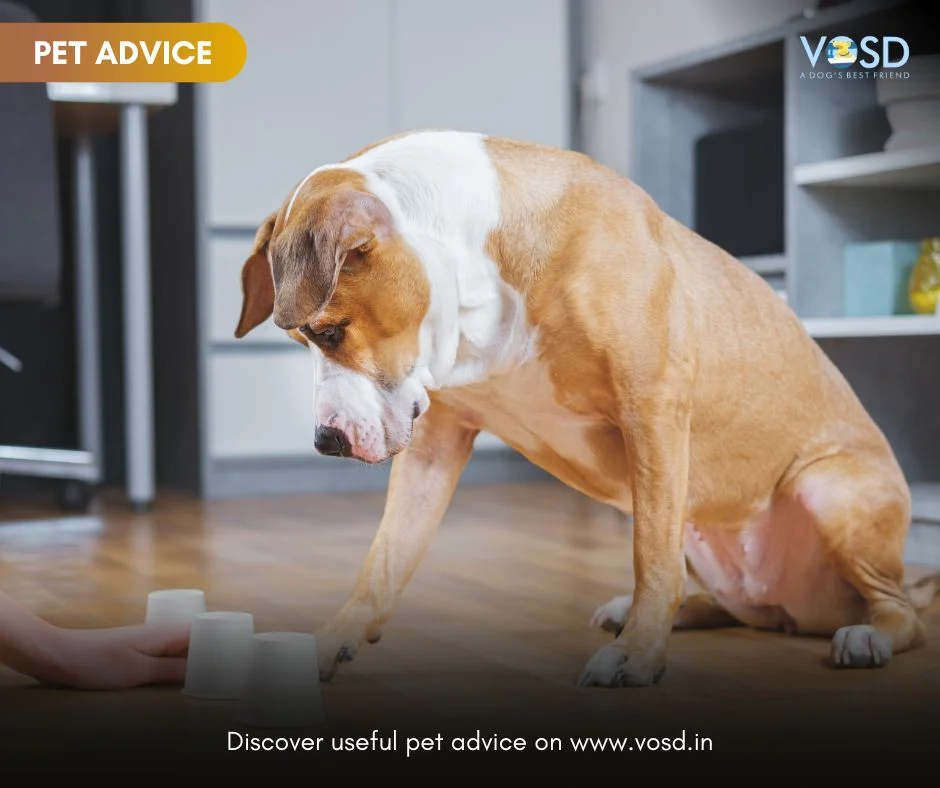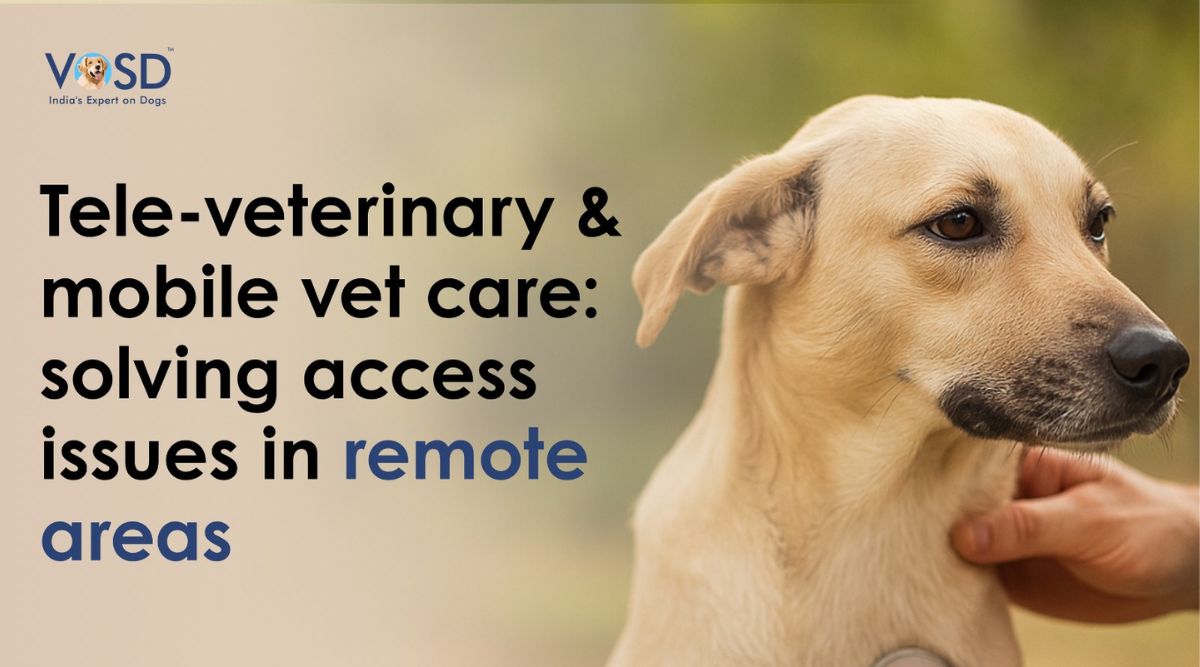It was a languid afternoon and Molly was lounging all by herself in the veranda. The poor kid was so bored that she entertained herself by watching the clouds roll by. She did this everyday and was gaining weight due to lack of activity and since her environment offered very little stimulation, she was getting exceedingly dull and inactive.
The importance of mental stimulation for pet dogs cannot be overstated. It helps improve their cognitive function, emotional health, reduces anxiety and stress, and helps promote a healthy bond with their owners.
In dog shelters, concerted efforts should be made to ensure the animals get enough mental stimulation as it helps maintain their health and helps them better adapt to their living conditions.
Brain training games for dogs offer several benefits that can enhance their mental stimulation, emotional well-being, and overall behavior.
BENEFITS OF BRAIN TRAINING GAMES FOR DOGS
Incorporating brain training games into your dog’s routine can provide numerous benefits for their mental and emotional well-being, as well as strengthen the bond between you and your furry friend.
- Mental stimulation: Brain training games challenge dogs to use their problem-solving skills, memory, and cognitive abilities. This mental stimulation can prevent boredom and keep their minds active, which is particularly beneficial for dogs who spend a lot of time indoors or alone.
- Alleviate boredom and anxiety: Dogs, like humans, can experience boredom and anxiety when they lack mental stimulation and physical activity. Brain training games provide an outlet for their energy and can help alleviate boredom and reduce anxiety-related behaviors like excessive barking or chewing.
- Strengthen the bond between dog and owner: Playing brain training games with your dog can strengthen the bond between you and your pet. It provides an opportunity for quality time together, builds trust, and reinforces positive communication and teamwork.
- Improve obedience and problem-solving skills: Many brain training games involve obedience training and problem-solving tasks, such as learning new commands, navigating obstacles, or finding hidden treats. Regular practice of these games can improve your dog’s obedience and problem-solving skills, making them more responsive to commands and better able to adapt to new situations.
- Physical exercise: Some brain training games incorporate physical activity, such as agility exercises or interactive toys that require movement. Engaging in these games provides both mental and physical exercise, promoting overall health and fitness in your dog.
- Prevent cognitive decline in senior dogs: Brain training games can be particularly beneficial for senior dogs, as they help keep their minds sharp and may slow down cognitive decline associated with aging. Keeping senior dogs mentally stimulated can improve their quality of life and prolong their cognitive function.
BRAIN TRAINING GAMES YOU CAN PLAY WITH YOUR DOGS AT HOME
There are plenty of brain training games you can play with your dog at home to keep them mentally stimulated and engaged. Here are some ideas:
- Treasure Hunt: Hide treats or toys around the house and encourage your dog to find them using their sense of smell. Start with easy hiding spots and gradually increase the difficulty as your dog gets better at the game.
- Muffin Tin game: You’ll need a muffin tin, some tennis balls or similar-sized toys, and a handful of treats or pieces of kibble. Place a treat in each of the muffin tin cups. Place a tennis ball on top of each cup to cover the treats. Show the muffin tin to your dog and encourage them to investigate. As they start to sniff around and push the tennis balls aside, they’ll discover the hidden treats underneath. When your dog successfully uncovers a treat, praise them and give them the treat as a reward. You can then reset the game by refilling the muffin tin with treats and covering them with tennis balls again.
- The shell game: You’ll need three identical containers or cups and a few treats or your dog’s favorite toys. Place the three containers upside down in a row on a flat surface, such as the floor or a table. Make sure they’re spaced apart evenly. Let your dog see and smell the treat or toy you’re going to hide under one of the containers. You can hold it up for them to see or allow them to sniff it directly. Get your dog interested in the game by showing them the treat again and encouraging them to focus on it. Once your dog is paying attention, place the treat under one of the containers while your dog watches. Remember which container you put it under. Quickly shuffle the containers around in a random order, moving them back and forth or swapping their positions. Try to keep the movements smooth and unpredictable. After shuffling the containers, encourage your dog to use their nose to sniff out the treat and indicate which one they think it’s under. You can use verbal cues or gestures to guide them if needed. If your dog chooses the correct container and uncovers the treat, praise them enthusiastically and give them the treat as a reward. If they choose the wrong container, encourage them to keep trying until they find the treat.
- Stuffed Kongs: You’ll need a Kong toy (or similar hollow rubber toy), your dog’s favorite treats or food, and optional ingredients like peanut butter, yogurt, or canned pumpkin. Start by cleaning the Kong toy and ensuring it’s dry. You can also freeze the Kong beforehand to make the stuffing last longer. Fill the Kong toy with a combination of your chosen fillings, packing them tightly to make it more challenging for your dog to remove. You can alternate layers of different ingredients for variety. Once the Kong is stuffed, you can seal the opening with a smear of peanut butter or a piece of kibble to prevent the contents from falling out too easily. If you want to make the stuffing last longer and provide a cooling treat on hot days, you can freeze the stuffed Kong for a few hours before giving it to your dog. Give the stuffed Kong to your dog and watch them enjoy the challenge of trying to extract the delicious filling. It’s a great way to keep them mentally stimulated and entertained, especially when they’re home alone or need to be occupied for a while.
- Learning tricks: Regular training sessions are a great way to mentally challenge your dog and strengthen your bond. Teach them new tricks, practice obedience commands, or work on agility skills like weaving through your legs or jumping over obstacles. Teach them basic commands like sit,” “stay,” “come,” and “down,” and more advanced tricks like shake, roll over, play dead
Remember to keep the games fun and rewarding for your dog, and always supervise them during playtime to ensure their safety. With a little creativity and patience, you can provide your dog with plenty of mental stimulation right in the comfort of your own home.
BRAIN TRAINING GAMES YOU CAN PLAY AT YOUR LOCAL DOG CENTER
At a local dog center, you can find various brain training games and activities that offer mental stimulation and entertainment for dogs. Here are some examples:
- Agility courses: Agility courses involve navigating obstacles such as tunnels, weave poles, jumps, and ramps. These courses require dogs to use their problem-solving skills, memory, and physical abilities to complete the challenges.
- Scent work: Scent work games involve hiding treats or toys and encouraging dogs to use their sense of smell to find them. You can set up scent trails, hide objects in different locations, or use specialized scent detection equipment for more advanced training.
- Interactive toys and puzzles: Many dog centers offer a variety of interactive toys and puzzles that challenge dogs to solve problems and access hidden treats. These toys can include puzzle feeders, treat-dispensing balls, and interactive games that require manipulation to release rewards.
- Group training classes: Dog centers often offer training classes that focus on obedience, agility, rally, and other activities that engage dogs both mentally and physically. These classes provide structured learning opportunities and help strengthen the bond between dogs and their owners.
CONCLUSION
Overall, brain training games are an essential part of a dog’s overall well-being. They provide mental stimulation, prevent behavioral issues, boost confidence, enhance problem-solving skills, alleviate anxiety, strengthen the bond between dogs and their owners, and improve obedience and responsiveness. Incorporating these games into a dog’s routine ensures they lead happy, healthy, and fulfilling lives.
So, gather your supplies and try all the games mentioned in this article and also try and volunteer at your local dog shelter. Help a dog, help a dog center – Get playing!








